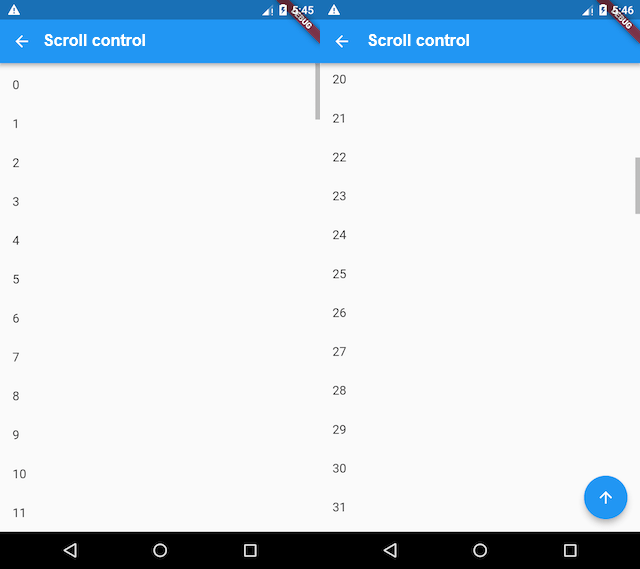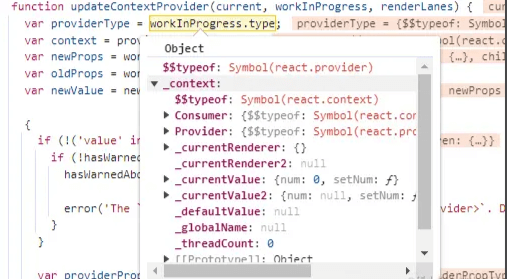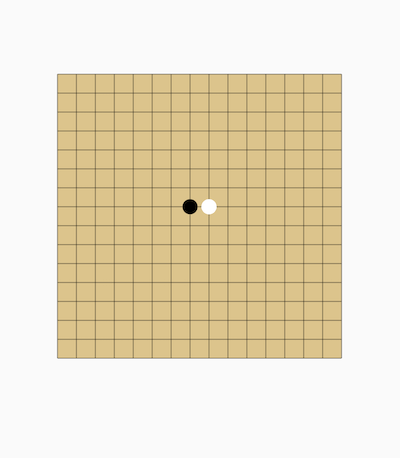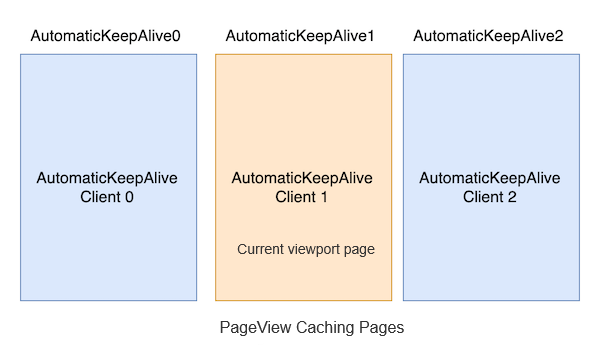=
In C programming, dynamic memory management is a core skill that allows programs to allocate and free memory flexibly during runtime. Compared to static memory allocation, dynamic memory allocation is more efficient in handling uncertain or variable data sizes, greatly enhancing program flexibility and efficiency. However, it also introduces challenges such as memory leaks, out-of-bounds access, and dangling pointers. Mastering the fundamental concepts and techniques of dynamic memory management is crucial for writing efficient and stable C programs. This article delves into dynamic memory management in C, including its basic concepts, related functions, and usage considerations to help you better manage and optimize program memory.
1. Basic Concepts
Dynamic memory management in C is a fundamental concept that enables programs to flexibly allocate and release memory during runtime. Unlike static memory, which is determined at compile time, dynamic memory provides greater flexibility but requires manual memory management by the programmer. Key concepts include:
1.1 Memory Regions
Memory is typically divided into different regions, each serving different roles during a program's lifecycle:
-
Stack: Used to store local variables within functions. The storage units are created on the stack during function execution and automatically released when the function ends. Stack memory allocation is built into the processor's instruction set, making it highly efficient, though limited in size. It primarily stores local variables, function parameters, return data, and return addresses.
-
Heap: Memory allocated and freed by the programmer. If not freed explicitly, the operating system may reclaim it when the program terminates. Allocation works like a linked list.
-
Data Segment (Static Area): Stores global variables and static data. It is released when the program ends.
-
Code Segment: Stores the binary code of function bodies (class member functions and global functions).
1.2 Pointer
A pointer is a special variable that stores the memory address of another variable. In dynamic memory management, pointers are used to access and manipulate memory allocated on the heap.
1.3 Memory Allocation
Dynamic memory allocation allows requesting heap memory during program runtime. Specific functions are used in C to allocate memory on the heap.
1.4 Memory Release
Memory release refers to returning previously allocated memory back to the system for future use.
2. Related Functions
C provides the following functions for dynamic memory management:
2.1 malloc
malloc (Memory Allocation) is used to allocate a memory block of a specified size. The allocated memory is uninitialized and may contain arbitrary data.
Function Prototype:
void* malloc(size_t size);
-
Parameters:
size: The size of memory to allocate, in bytes. -
Return Value:
Returns a pointer to the allocated memory block. ReturnsNULLif allocation fails.
Example:
int* arr = (int*)malloc(10 * sizeof(int)); // Allocate memory for 10 integers
if (arr == NULL) {
// Handle allocation failure
}
2.2 calloc
calloc (Contiguous Allocation) allocates memory and initializes it to zero. This is useful for initializing data structures.
Function Prototype:
void* calloc(size_t num, size_t size);
-
Parameters:
num: Number of memory blocks to allocate.size: Size of each block, in bytes. -
Return Value:
Returns a pointer to the allocated and zero-initialized memory. ReturnsNULLif allocation fails.
Example:
int* arr = (int*)calloc(10, sizeof(int)); // Allocate and initialize memory for 10 integers
if (arr == NULL) {
// Handle allocation failure
}
2.3 realloc
realloc (Reallocation) adjusts the size of a previously allocated memory block. If additional memory is required, realloc may allocate a new block and copy the data from the old block to the new one.
Function Prototype:
void* realloc(void* ptr, size_t new_size);
-
Parameters:
ptr: Pointer to the previously allocated memory block.new_size: New size of the memory block, in bytes. -
Return Value:
Returns a pointer to the new memory block. ReturnsNULLif allocation fails; the original memory block remains unchanged.
Example:
int* arr = (int*)malloc(10 * sizeof(int)); // Initial allocation
// Use or fill memory
arr = (int*)realloc(arr, 20 * sizeof(int)); // Resize memory block for 20 integers
if (arr == NULL) {
// Handle reallocation failure
}
2.4 free
free releases memory previously allocated by malloc, calloc, or realloc. After freeing memory, the pointer remains valid but its contents are no longer accessible.
Function Prototype:
void free(void* ptr);
-
Parameters:
ptr: Pointer to the memory block to release. -
Return Value:
None.
Example:
int* arr = (int*)malloc(10 * sizeof(int)); // Allocate memory // Use memory free(arr); // Release memory arr = NULL; // Avoid dangling pointer
3. Dynamic Memory Management Tips
-
Initialize Pointers:
Always initialize pointers toNULLto avoid issues with uninitialized pointers.int* ptr = NULL;
-
Check Allocation Failures:
Always check the return value ofmalloc,calloc, orreallocto ensure successful allocation.int* arr = (int*)malloc(10 * sizeof(int)); if (arr == NULL) { // Handle memory allocation failure } -
Free Memory:
Callfreeto release memory when it is no longer needed to avoid memory leaks.free(ptr); ptr = NULL; // Set pointer to NULL after freeing
-
Avoid Double-Freeing:
A memory block can only be freed once. Set the pointer toNULLafter freeing to avoid undefined behavior.free(ptr); ptr = NULL;
-
Prevent Memory Leaks:
Ensure every allocated memory block is eventually freed. Use tools like Valgrind to detect memory leaks. -
Avoid Out-of-Bounds Access:
When allocating memory, ensure it is sufficient for the intended use. Tools like AddressSanitizer can help detect out-of-bounds issues.
4. Common Errors and Debugging Techniques
1. Memory Leaks
Unreleased memory blocks occupy memory even after the program terminates.
-
Detection Tools: Valgrind, AddressSanitizer
-
Example:
int* leak = (int*)malloc(10 * sizeof(int)); // Forgot to call free(leak);
2. Dangling Pointers
A dangling pointer refers to a pointer that points to memory already freed. Accessing it may crash the program.
-
Solution: Set the pointer to
NULLafter freeing the memory to avoid invalid memory access. -
Example:
int* ptr = (int*)malloc(10 * sizeof(int)); free(ptr); ptr = NULL;
3. Out-of-Bounds Access
Accessing memory beyond the allocated range.
-
Detection Tools: AddressSanitizer
-
Example:
int* arr = (int*)malloc(10 * sizeof(int)); arr[10] = 5; // Out-of-bounds access
4. Double-Free
Releasing the same memory block multiple times.
-
Solution: After freeing memory, set the pointer to
NULLto prevent double-free errors. -
Example:
int* ptr = (int*)malloc(10 * sizeof(int)); free(ptr); free(ptr); // Error: Double-free
5. Practical Examples and Advanced Applications
1. Dynamic Arrays
Dynamic arrays are a common application of dynamic memory management, allowing arrays to be resized as needed.
Example:
#define _CRT_SECURE_NO_WARNINGS
#include <stdio.h>
#include <stdlib.h>
int main() {
int* array;
size_t initial_size = 10;
size_t new_size = 20;
// Initial allocation
array = (int*)malloc(initial_size * sizeof(int));
if (array == NULL) {
perror("Failed to allocate memory");
return EXIT_FAILURE;
}
// Use memory
for (size_t i = 0; i < initial_size; ++i) {
array[i] = i;
}
// Resize memory
array = (int*)realloc(array, new_size * sizeof(int));
if (array == NULL) {
perror("Failed to reallocate memory");
return EXIT_FAILURE;
}
// Initialize new memory
for (size_t i = initial_size; i < new_size; ++i) {
array[i] = i;
}
// Print array
for (size_t i = 0; i < new_size; ++i) {
printf("%d ", array[i]);
}
printf("\n");
// Free memory
free(array);
return EXIT_SUCCESS;
} free(array); return EXIT_SUCCESS;
}
Output:
The program prints the contents of the resized array.

2. Flexible Arrays
Features of flexible arrays:
-
The structure must have at least one other member before the flexible array member.
-
sizeofdoes not include the memory occupied by the flexible array. -
Structures with flexible arrays are dynamically allocated with
malloc, and the allocated memory should exceed the structure size to accommodate the expected size of the flexible array.
Example: Creating a dynamic array structure with a flexible array member:
#define _CRT_SECURE_NO_WARNINGS
#include <stdio.h>
#include <stdlib.h>
// Define a structure with a flexible array
typedef struct {
int length; // Number of elements in the flexible array
double data[]; // Flexible array (can also use double* data)
} DynamicArray;
int main() {
int initialSize = 5; // Initial array size
int newSize = 10; // New array size
// Allocate memory for the structure and flexible array
DynamicArray* arr = malloc(sizeof(DynamicArray) + sizeof(double) * initialSize);
if (arr == NULL) {
perror("Failed to allocate memory");
return 1;
}
// Set the array length
arr->length = initialSize;
// Initialize the array
for (int i = 0; i < initialSize; ++i) {
arr->data[i] = i * 1.0;
}
// Print the initial array
printf("Initial array:\n");
for (int i = 0; i < arr->length; ++i) {
printf("%f ", arr->data[i]);
}
printf("\n");
// Resize the array
arr = realloc(arr, sizeof(DynamicArray) + sizeof(double) * newSize);
if (arr == NULL) {
perror("Failed to reallocate memory");
return 1;
}
// Update the array length
arr->length = newSize;
// Initialize new elements
for (int i = initialSize; i < newSize; ++i) {
arr->data[i] = i * 1.0;
}
// Print the resized array
printf("Array after resizing:\n");
for (int i = 0; i < arr->length; ++i) {
printf("%f ", arr->data[i]);
}
printf("\n");
// Free memory
free(arr);
return 0;
}
Output:
The program prints the initial and resized arrays.

Summary
This comprehensive guide on dynamic memory management in C is suitable for both beginners and experienced programmers. By understanding common pitfalls, debugging techniques, and practical examples, readers can develop efficient and robust C programs.





